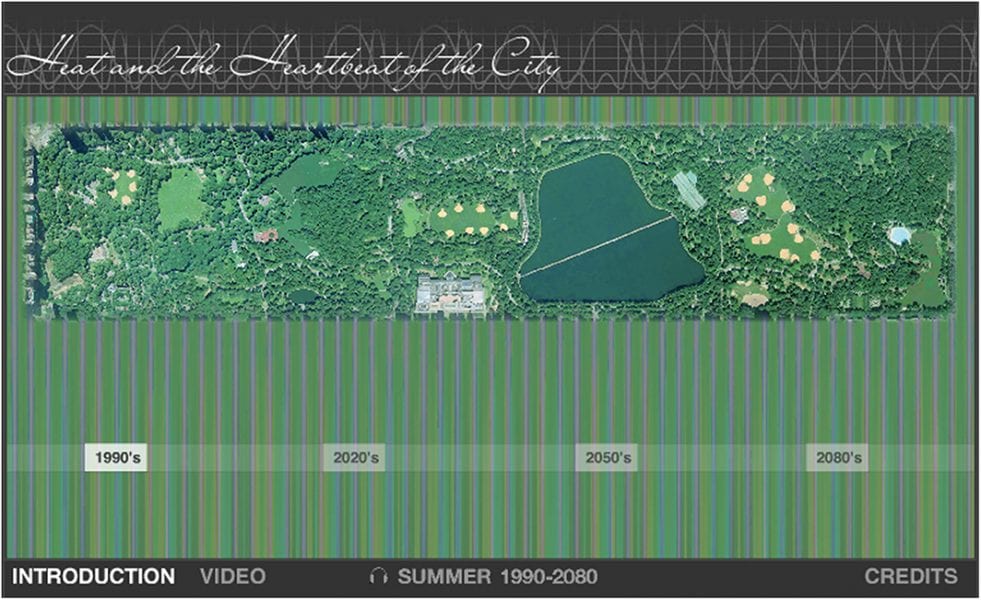The arts—especially art using a combination of sounds and visuals—can inspire different ways of thinking about and engaging with the world. At a time when global climate change’s effects are accelerating, climate change communicators would be wise to consider the arts to frame and articulate these complex challenges.
In the review article “Artful Climate Change Communication: Overcoming Abstractions, Insensibilities and Distances” published in WIREs Climate Change, Harriet Hawkins and Anja Kanngieser at the University of Wollongong examine three key issues that climate change communicators face. These issues are how to talk about the abstract nature of global climate change, how to reconcile the great divides between climate change perpetrators and victims, and how to encourage awareness of the many ways humans are reliant on and entangled with the environment.

Archive of Vatnajökull (the sound of), 2007–8, Katie Paterson. Installation view Ingleby, Edinburgh, 2014. Photograph: John McKenzie. The three images that accompany the installation and that also surround the sound files online offer a very particular visual framing of the recordings. The pops, creaks, and muted ice slides become set against the visualization of a white icy environment.
Hawkins and Kanngieser discuss how the specific combination of sound and image in arts and science collaborations enable emotional responses and connections to the environment. These responses and connections are crucial to fostering a sense of kinship with the earth. Their review extends on previous papers that have examined the literary, cinematic and theatrical arts.
Examining three audio-visual arts and sciences collaborations, Hawkins and Kanngieser demonstrate how such works invite emotional and sensory experiences. These experiences are capable of recasting and enhancing how people understand and communicate about abstract and geographically distant events, data-driven models and scientific evidence. This analysis can be broadly applied to cultural mediums such as literature and films and to their roles in climate change communication.
Contributed by Anja Kanngieser

















